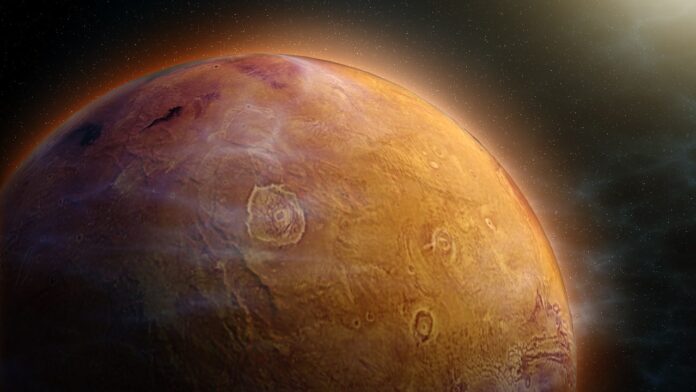As NASA is working on its Mars 2020 mission, it recently officially ended the spectacularly successful Opportunity mission that lasted fifteen amazing years on the Martian surface. For something that was only designed to last a few weeks, I think one can say the mission was a grand exploration.
Engulfed by a long-lasting dust storm, the hardy rover could not recharge its solar-powered systems and was regretfully given up to the dust. Opportunity’s twin, Spirit, was given up several years ago for much the same reason.
The pair of rovers on this mission were named after 10,000 submissions were made in a NASA-sponsored contest open to children around the globe. The names Spirit and Opportunity were submitted by a third grader named Sofi Collis from Arizona.
NASA has a new mission planned for launching during the launch window dates of July 17-August 5 of 2020. You are invited to submit your name online to have it included on a microchip that will be fitted onto the craft before launch. Google “send my name to Mars” and you will find the site or use the following link: https://mars.nasa.gov/mars2020/ .
When these missions are planned there are always great educational materials available online for both formal and informal educational providers to use with students. They are high-quality and conform to national educational standards, as well as state standards. Adding a bit of space to a classroom is made easier with these programs.
Although our cloudy skies of late have definitely limited sky-watching and star gazing, that doesn’t mean “out-of-sight, out of mind” for those of us who enjoy looking up. Mars is very faint and low in the west as Earth and Mars’ orbits are at different distances from one another. It sets about two hours after sunset now. Eventually the two will once again be approaching one another and the ruddy planet will be taking its place in the viewers sky.
After midnight Jupiter will have risen in the eastern sky, followed by Saturn a couple of hours later. Venus lingers low in the east about an hour before dawn. Remember the planets follow along an invisible track that astronomers call the ecliptic. This is also the path seemingly taken by the Moon and Sun as Earth rotates on its axis, making these two objects seem to trek across the sky.
You may be thinking the Sun is directly overhead at noon, however that is not the case except at the equator. However, Sol does reach its highest point of altitude at noon, which is one o’clock during daylight saving time.
The International Space Station will be passing over the valley this week. Go to https://spotthestation.nasa.gov Spot the Station for exact details. Opportunities will be good on June 9 at 9:35 PM looking WNW it will be traveling S for 3 minutes. June 10, 8:46 PM a really good opportunity because it will travel almost overhead, NW to SE and be visible 4 minutes if there are no clouds.
Until next week, do let some stars get in your eyes.




